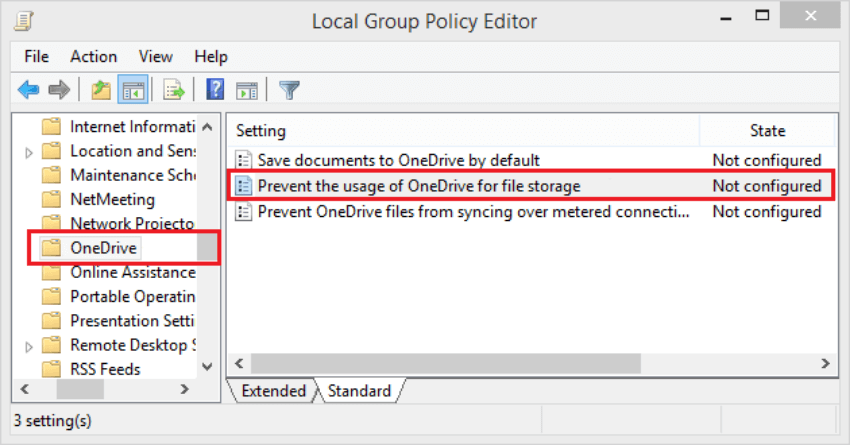Each time you restart your computer (with Windows 10), its OneDrive Microsoft, appears and asks you to log in or create one account. But what if you don't use it? Do you want to remove it completely? Microsoft does not give this option, but below we will see a way to disable the app forever.
To do this, we will first need to turn off OneDrive and there are a few ways to do this.
The simplest option is to turn off OneDrive from startup.
The reason OneDrive starts with Windows every time is because it is registered in applications that start automatically with Windows. To turn it off, simply right-click on the taskbar and select "Manage Tasks" or use the shortcut CTRL + SHIFT + ESC.
In Task Manager, select the "More Details" option at the bottom and then select the Start tab, where you will see the application. Select it, press Off and you are done.
The next time you restart your computer, the annoying OneDrive login window will not appear.
Never use OneDrive? You can uninstall it completely.
Instead of disabling something you never intend to use, the other option is to simply uninstall the application. From Settings (press Windows + I together), click "Applications", find Microsoft OneDrive in "Applications and Features", and then click "Uninstall".
Note: If you are using the Pro version of Windows, you will need to use a policy update to remove OneDrive from the sidebar of File Explorer, but for Home Edition users the above steps will resolve the issue.
For Windows Pro and Enterprise users
If you are using Windows 10 Professional, Enterprise or Education, the easiest way to disable and hide OneDrive is with the local Group Policy editor.
It's a very powerful tool, so if you have never used it before, it's worth taking a moment to learn what it can do. If you are in a corporate network, it is a good idea to let your manager know. If your computer is part of a domain, it is very likely that it has a domain group policy that replaces the local group policy.
To search your computer, type gpedit.msc and press Enter.
In the left pane of the local Group Policy Editor, follow the path:
Computer Configuration - Administrative Templates - Windows Components - OneDrive
Double-click the "Prevent the usage of OneDrive for file storage" setting in the right pane, set the value to "Enabled." Then click "OK".
This will rule her out completely access on OneDrive.
To display OneDrive again, change the policy to "Not Configured" instead of "Enabled".
If you have already used OneDrive on your computer at some point, it would be a good idea to delete the application folder as well.
C: \ Users \ Username_One \ OneDrive
The folder contains OneDrive files and deleting it will not delete them from the cloud if the account you were logged out.





